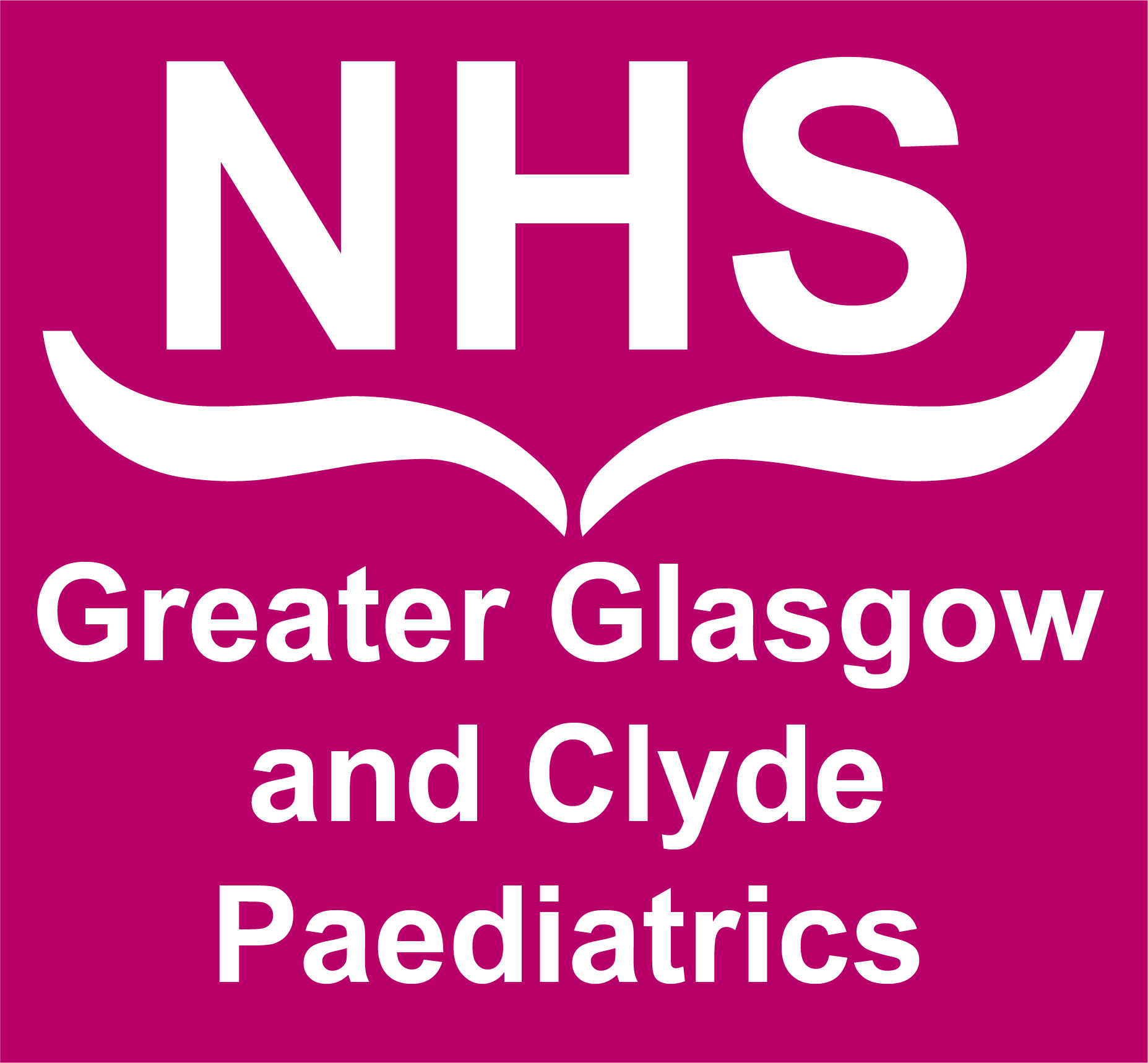Infants born prematurely or those with congenital anomalies are at heightened risk of adverse outcomes prior to discharge from neonatal units1. These include mortality, respiratory events, hospital readmission and neurodevelopmental impairment2, 3. Prior to discharge an infant’s readiness for discharge is assessed considering postnatal age, respiratory status including apnoeic events, and feeding ability. A car seat assessment (CSA) forms part of this with an aim to reduce risk of cardiorespiratory events in at risk infants seated in a car seat.
Car Seat Challenge: guidance for targeted car seat assessment (1214)

Warning
Objectives
This guideline is intended to provide guidance on which babies require Car Seat Challenge prior to discharge along with guidance on how to interpret results.
Users of this guideline should also be aware of the following documents:
Audience
This guideline is applicable to doctors, nurses, ANNPs and midwives working with neonates in the West of Scotland. It is applicable to units which routinely carry out Car Seat Assessments on their babies.
- Infants with chronic lung disease (CLD) defined as persisting oxygen requirement beyond 36 weeks corrected gestation.
- Infants being discharged home on oxygen.
- Hypotonic infants arising from congenital anomalies or perinatal asphyxia.
- Babies with head and neck anomalies potentially associated with an unstable airway.
- Babies with skeletal dysplasia’s e.g. Achondroplasia.
- Babies requiring domiciliary nasogastric feeding.
- Consultant discretion.
- When discharge is anticipated for an infant a car seat assessment is ideally performed 2-7 days before discharge. We anticipate this will reduce unsuccessful CSA rates e.g. if the CSA is performed too early and allow discharge planning to continue in the event of unsuccessful CSA.
The car seat assessment will:
- Take 60 minutes to complete.
- Require an infant be tested in their own car seat which will be used on discharge.
- Require a car seat to be used in a neutral position i.e. stabilised without use of the handle and this may alter the desired angle.
- Require the use of manufactures padded head restraints for infants with poor tone and/or posture.
- Require the car seat straps be firmly secured.
- Require an infant be sitting comfortably in a reclining position at an angle of approx. 45 degrees.
- Should be done approximately an hour after a feed.
Monitoring during the car seat assessment:
- Massimo Rad-97 saturation monitors are used as these can store trends which may be reviewed and printed at the end of the test if required.
- Alarm limits should be set to 91%
Successful/Unsuccessful Criteria:
- We would consider a car seat assessment unsuccessful if:
- Any apnoeic episode occurs. In this instance the assessment should be abandoned.
- Persistent oxygen saturations <92% during the assessment.
- Desaturation to <80% for more than FOUR seconds on TWO occasions.
- There is a significant increase in oxygen requirement (if going home on oxygen).

- All assessments should be discussed with the consultant on duty.
- For infants who are mildly premature or without significant complications discharge may be delayed allowing time to repeat the test at consultant discretion (usually the next one to two days).
- If infants have chronic conditions, it may be appropriate to consider alternative transport arrangements (for example flatbed cots or the carrycot element of a multi travel system).
- If there are two or more unsuccessful car seat assessments, then individual assessment of the baby (at consultant discretion) should be undertaken to assess their safety for discharge.
- Consider the following during individual assessment:
- Outstanding pathology that could be contributing e.g. reflux requiring optimising of treatment, ongoing lung pathology, etc.
- Overall safety of the baby undergoing the CSA
- Baseline oxygen saturation levels (does this baby need further investigation i.e. saturation study?)
- Gestation/age (is their prematurity contributing and should CSA be delayed)
- Family circumstances (ability to provide appropriate car seat)
- Actual transport needed to go home (are they being transported in a car seat).
- Ensure all outcomes of car seat assessments are documented in case notes and on the Badger discharge letter.
- All parents of infants being prepared for discharge should be advised to keep all car journeys short (less than 30 minutes) for the first few weeks after discharge.
- Ensure all families receive information on car seat safety as part of preparations for discharge.
- Infants should not be in their car seat unattended when travelling.
- Use of baby bouncers or other devices to ensure babies are upright should be avoided until at least the first outpatient clinic follow up and discussion with medical staff.

